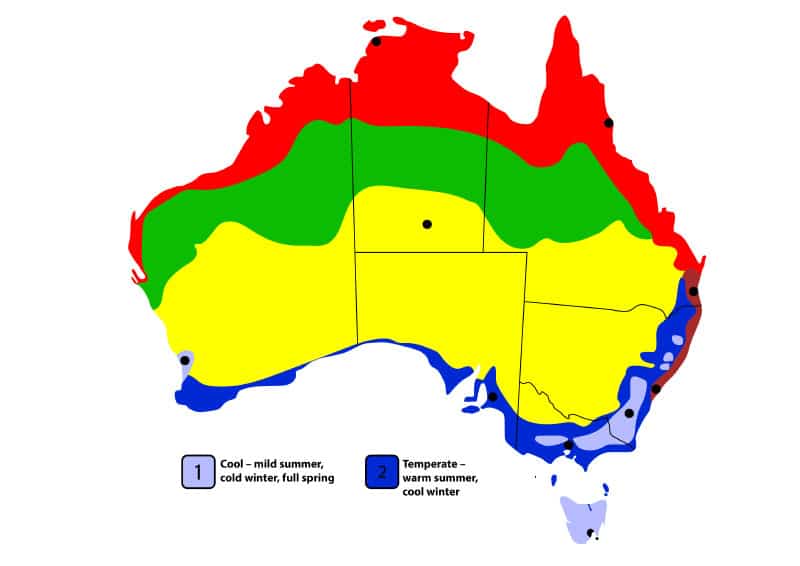Pink Double Dandy presents its flowers on strong tall stems well above the foliage, double lavender pink blooms have a darker centre. Itohs have a larger range of colours, longer flowering periods and present a bushier more floriferous plant. They carry foliage similar to that of the Tree Peony however die back to ground level just as their herbaceous cousins. Itoh’s are more likely to flower much better in warmer and more temperate climates compared to herbaceous. They also have a higher tolerance to disease.
| Weight | 0.5 kg |
|---|---|
| Colour | Pink |
| Season | Mid |

* Autumn and into the first half of winter is the best time to plant your Peony. They like to set some roots down into the soil before spring growth begins.
* The planting site you choose must be well drained with good fertility which you can build this up by adding compost, blood and bone and a balanced compound fertilizer that has trace elements. A close to neutral Ph is very important! If your soil is acidic which most are, a good handful of lime or dolomite into the planting hole will be needed. However just as important is to top dress with more lime once each year in autumn to maintain the Ph. The planting site will also need full sun or at least sun for 2/3rds of the day to enhance good flowering and root development.
* When planting your peony you will have to dig a large hole for the root piece to sit into with the pink buds facing up. The top of the buds should sit about 30mm under the soil surface once the planting hole is filled back in and levelled off. If planted too deep, the buds will not flower in the spring.
* Peonies need good chill hours in the winter time to set the buds and make flowers in the spring. Contrary to popular belief, they do not have to have a frost to flower! Most varieties will need chill hours of a minimum of 300 hours below 7 deg celsius which means that most cool/temperate climate areas in Australia can grow a Peony. Gateforth Farm is testament to this due to being situated close to the coast. In rare years we have not had any frost however still had wonderful flowers on our Peonies ☺.
* Avoid mulching close to the peony crown as this can act like a blanket over the plant and can also harbour disease, especially over the winter, causing problems in the spring-time.
* The main disease effecting Peonies is Botrytis. This would usually present itself after continual wet periods, showing up as blackened stems or buds. Mould can also be present. Trimming the effected areas off and discarding in your waste, is the best advice for control. Keeping the plant healthy with good ventilation will help resistance to disease. Over the counter fungicides that act on Botrytis can be used if there is a major problem.
* It is most likely you will not see any flowers in its first growing year and only a small number in its second season. From the third year onwards, you should see your peony flourish and produce many beautiful blooms!
* As Autumn approaches you will notice the foliage starting to change colour and slowly die back. It is time then to remove the entire bush by trimming it back down to just above ground level and preparing it for winter. Very important to discard the plant material into your waste as this will prevent disease build-up around the plant. During this time, a top dress of either compost or NPK can be added as well as lime or dolomite, remembering not to cover over the crown of the plant. Fertilize again in early spring and after flowering for best results. Peonies are great feeders!
* Happy growing ☺

© Gateforth Farm Tasmania 2022.